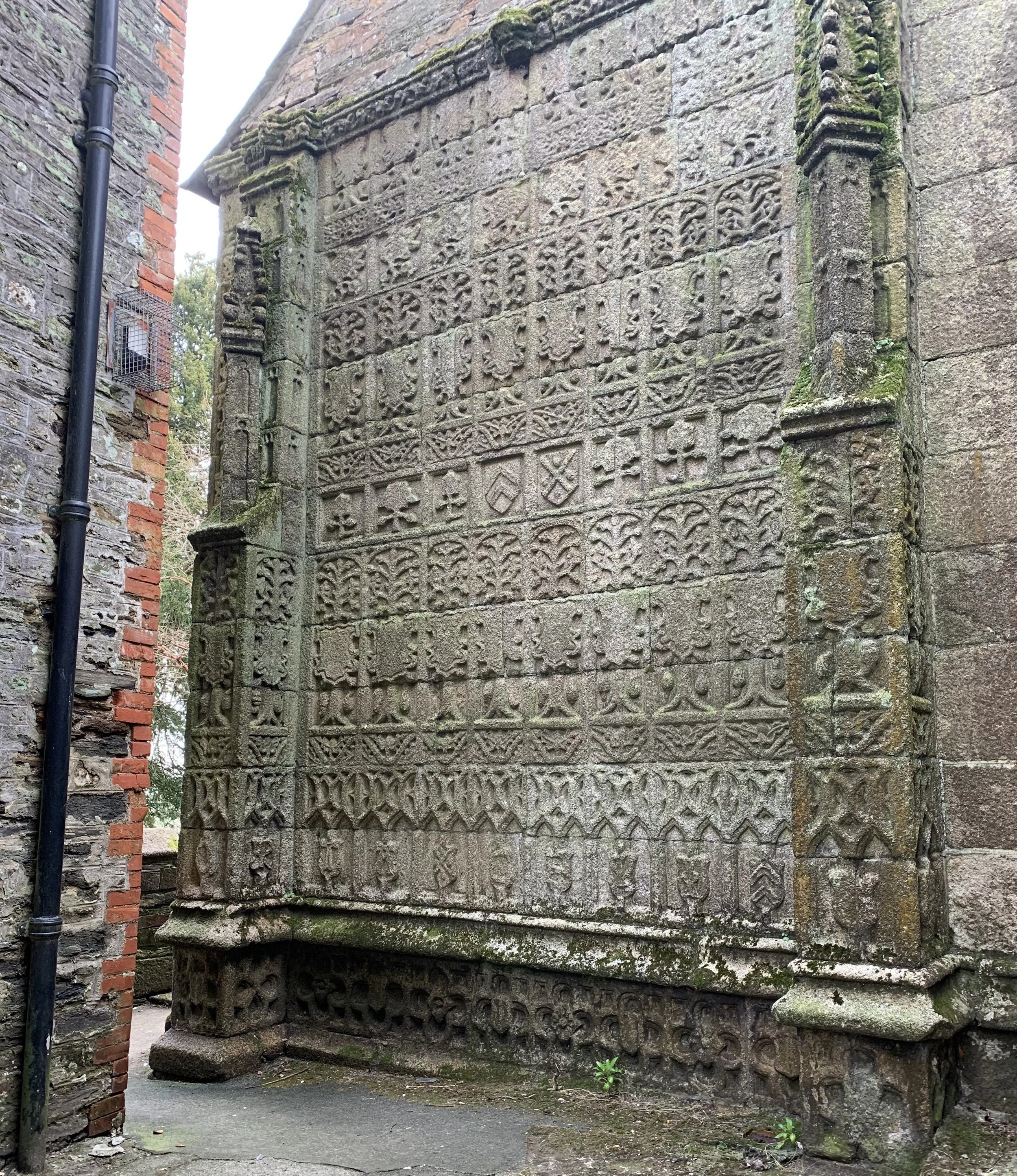B is for Buttress: A-Z of Historic Buildings
The buttress is a familiar piece of architecture, one which conjures imagery of the medieval period, of robust castles and defendable churches. The buttress is effectively an extension of the wall, a solid mass of masonry designed to receive ‘thrust’ coming from other parts of the building. Rather like a person leaning against a car to stop it rolling down hill, the structure keeps forces in equilibrium. The French term for a buttress is contrefort. This term captures the function of a buttress: an ‘against-strength’, pushing against what would otherwise cause collapse.
Not all buttresses are purely practical. These highly decorative buttresses adorn the Grade I listed church of St Mary Magdalene, in Launceston, north-east Cornwall.
Many of the most impressive buttresses one can see in historic buildings are medieval ‘emergency’ buttresses, built long before the advent of structural engineering and statics calculations. The Santa María a Real do Sar is a spectacular example in Spain. The huge outward thrusts generated by the enormous barrel vault had to be dealt with using similarly solid buttresses to stop the building from collapsing. It worked, but not before the building’s central aisles settled at an alarming angle.

